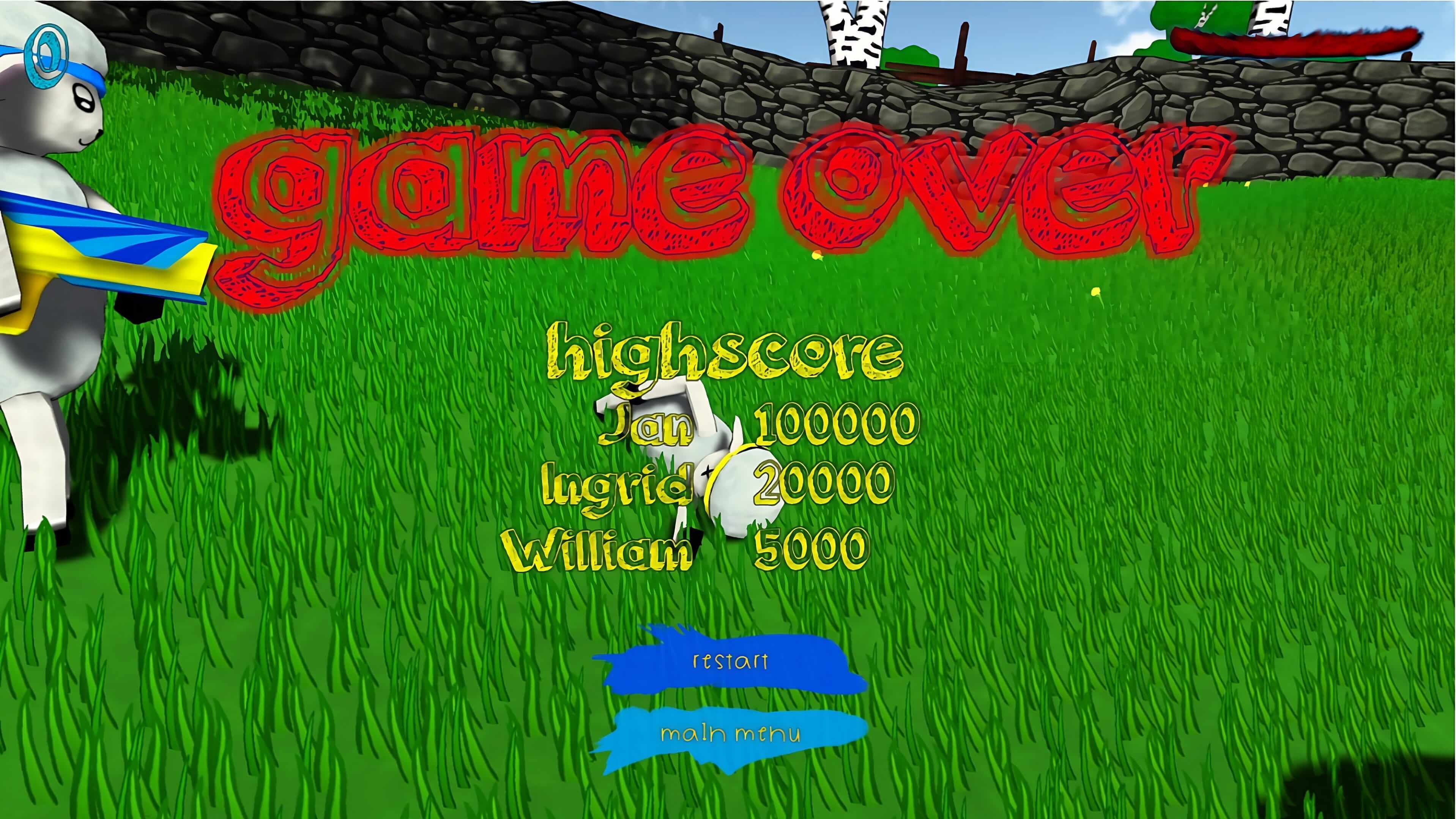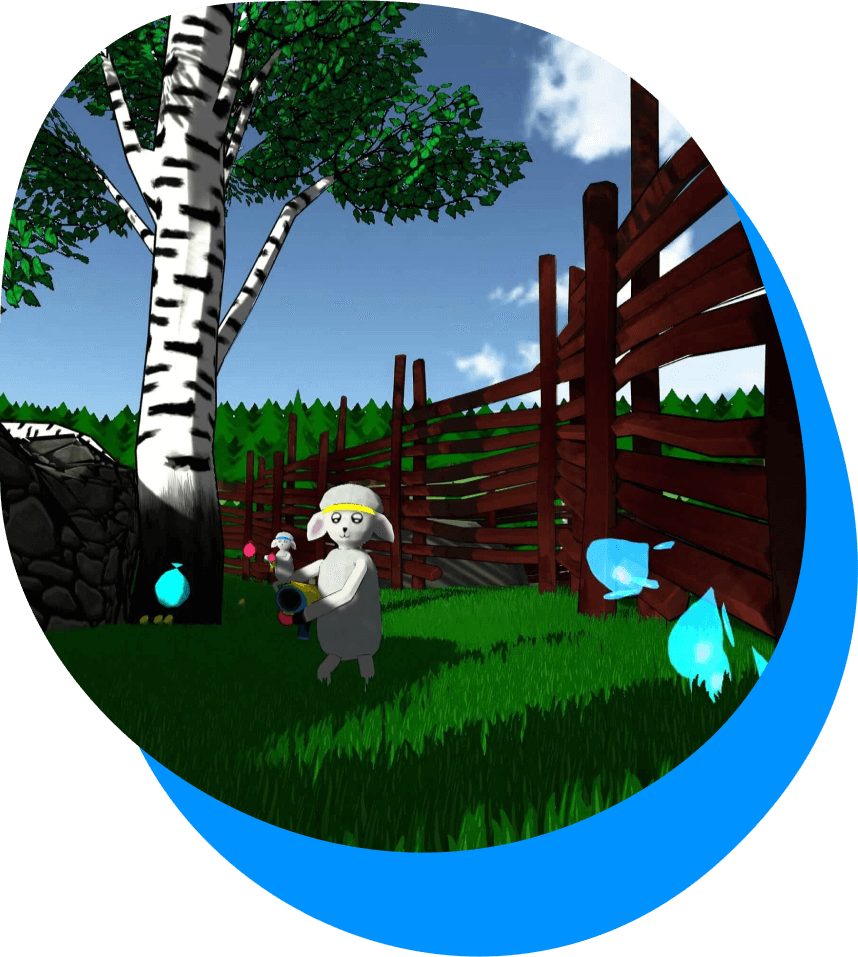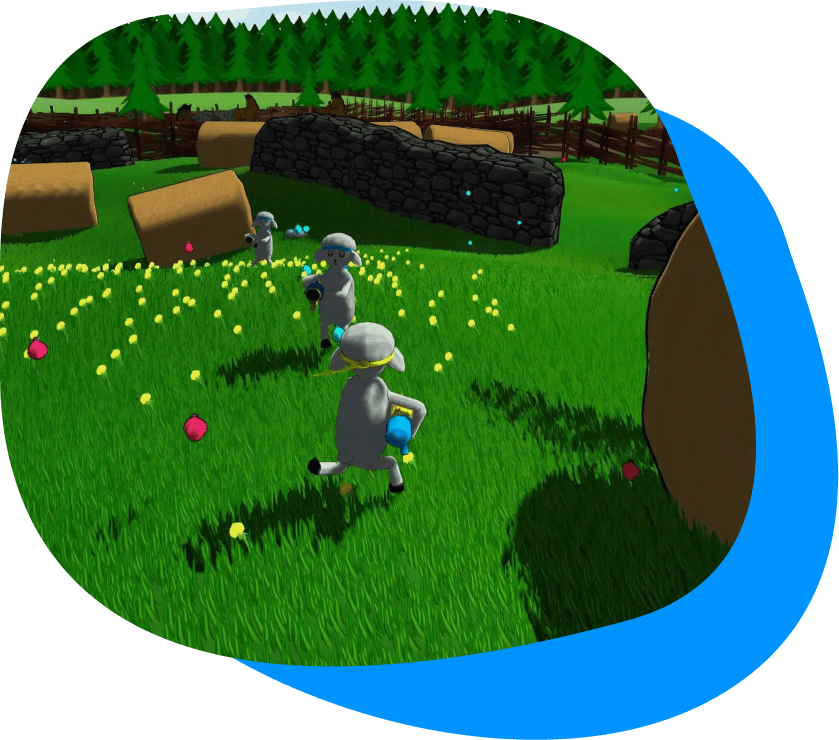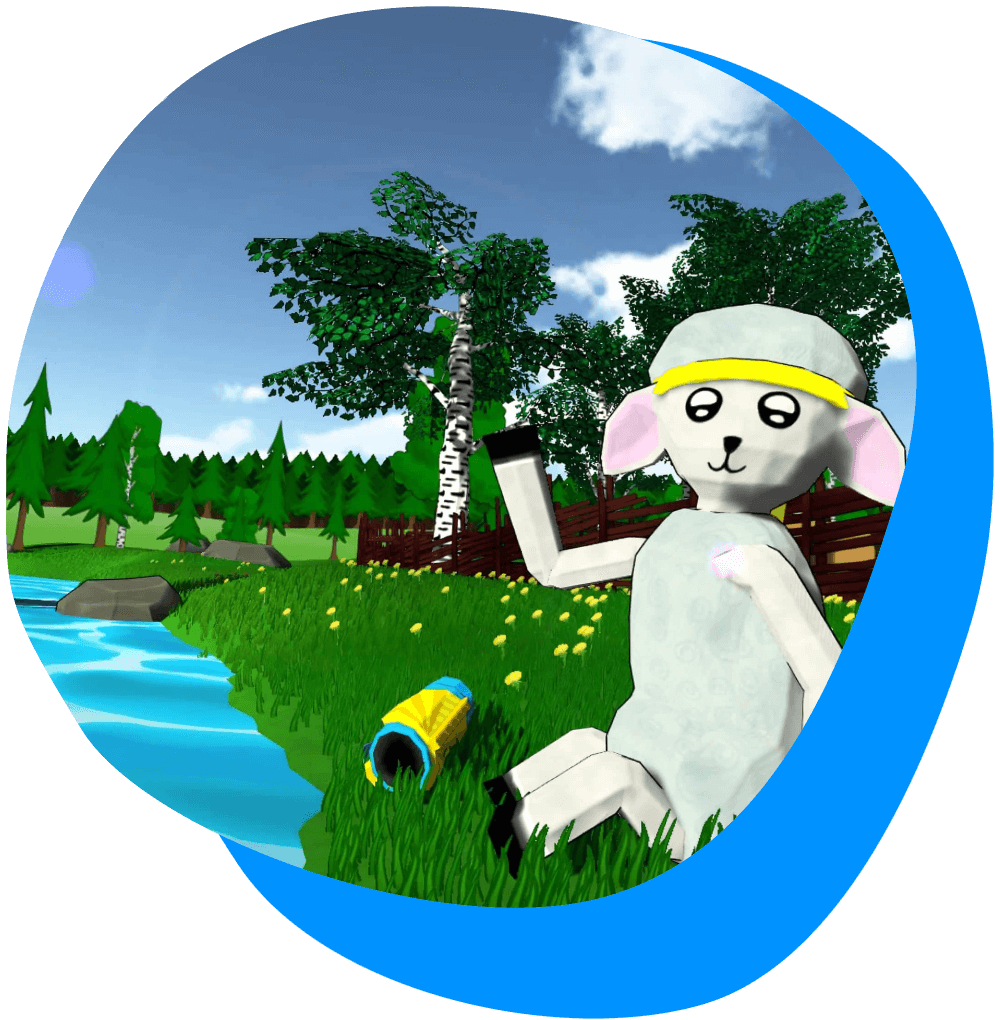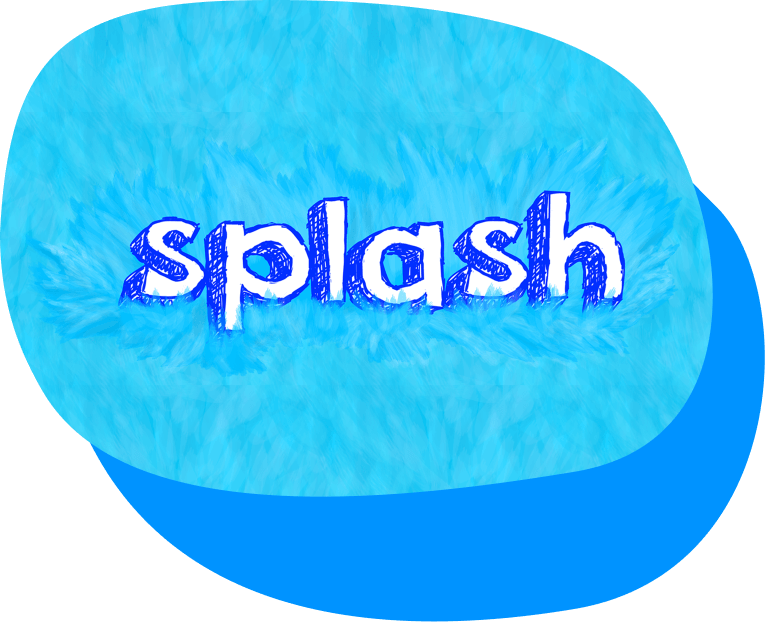Hey you, I'm afraid you'll need a larger screen to view this portfolio.
Sneak peek anyway
Splash is a fast-paced, arcade-style shooter featuring bouncy physics, smooth animations, and vibrant colors, with a distinctly retro arcade feel. Its wave mechanics, simplicity, and high-score focus deliver a classic experience where what you see is what you get—again and again.
Having previously developed small games, I wanted to create a more immersive 3D experience. I built Splash during evenings and weekends, learning the intricacies of game development—from design to coding, 3D modeling, animation, and sound design. Every asset, animation, and line of code was crafted by me in Unity, Blender, and C#.
Splash was released on Steam in 2018 and has over 4 000 downloads.
Project
Indie game
My role
Everything
Game design
Game development
3D modelling
Animation
Sound design
UI design
Production
Date
2015 – 2018
Credits
Anfrando Maiola, Music
“Splash really reminds me of the golden age of arcade machines.”
Steam Review
I wanted to take on a bigger challenge and create something cool. I decided to develop Splash as a way to complete a large-scale project from start to finish, go through the full game development process, and learn new skills—such as 3D modeling, programming in Unity, and 3D level design.
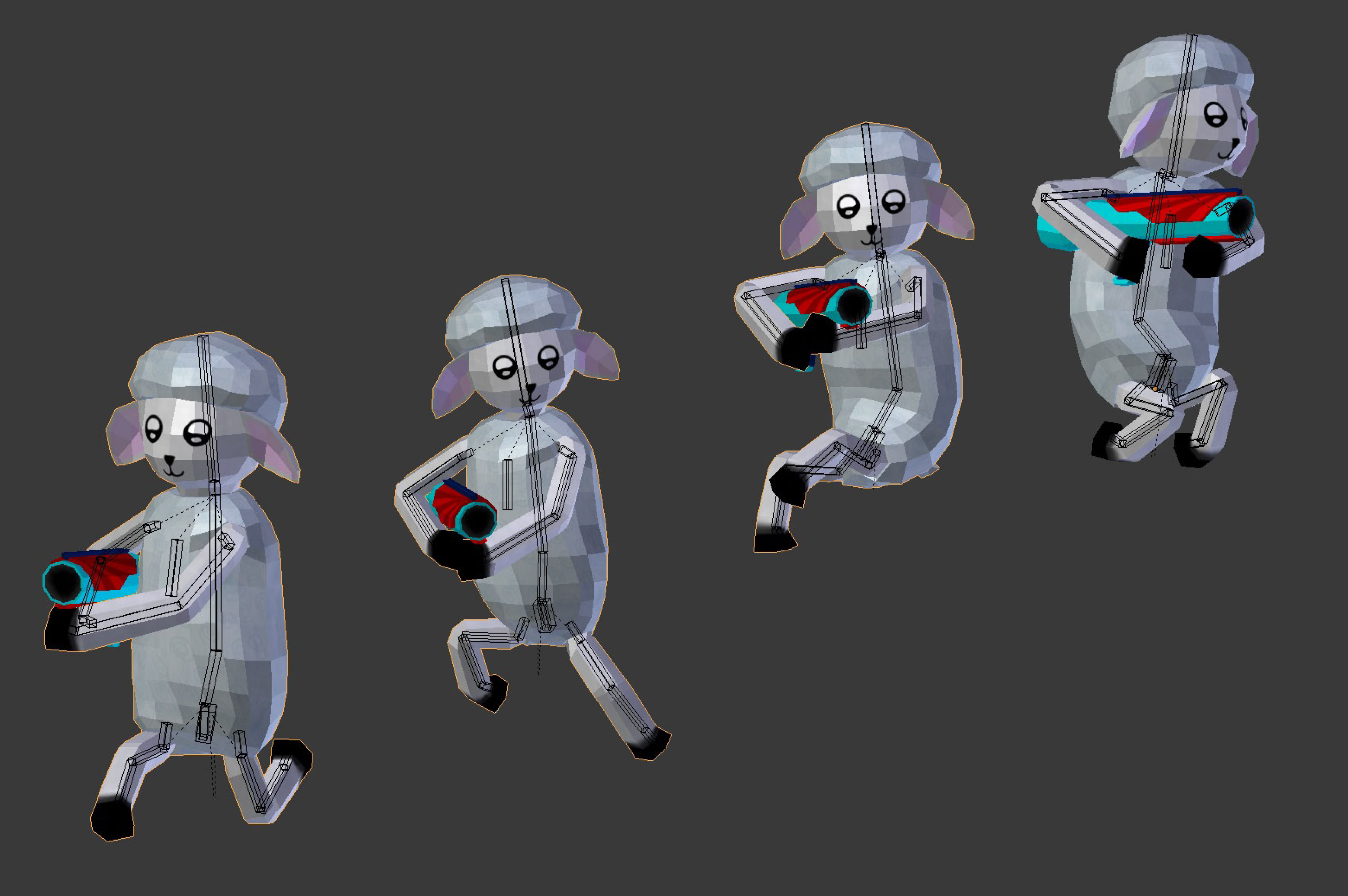

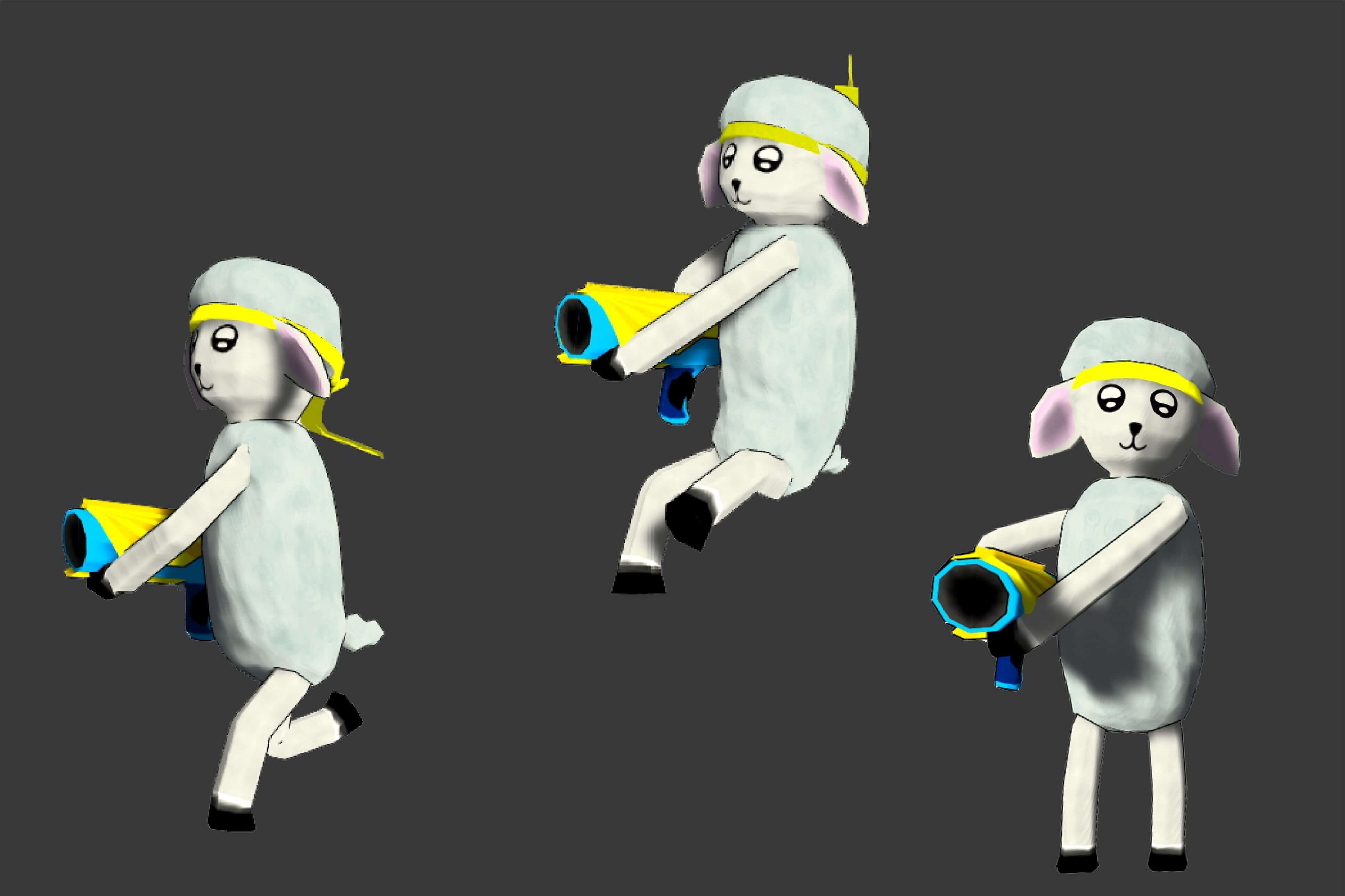
My main focus, beyond learning new tech, was to explore what makes an interactive experience inherently fun. I analyzed how other games create instantly rewarding gameplay and tinkered a lot with details like physics, controls, and animations.
I crafter running, jumping and shooting to be enjoyable on their own. Smooth animations, quick responsiveness, bouncy balloons and catapulted ragdoll enemies are designed to keep players engaged purely for the rewarding gameplay. An upbeat 80s synth soundtrack by Koto, combined with cute sheep sounds and bouncing balloon effects everywhere, create an intense and playful soundscape.
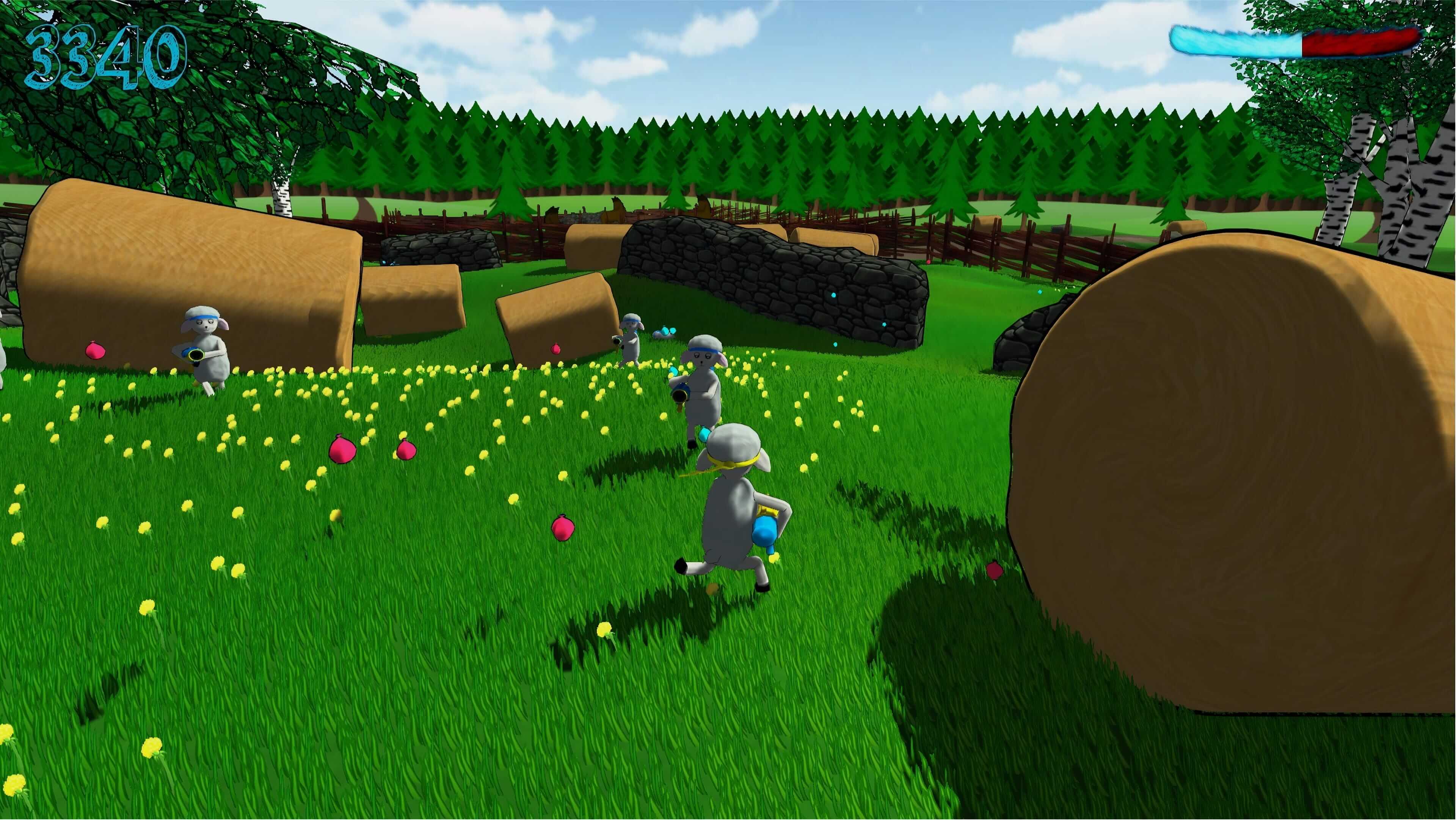
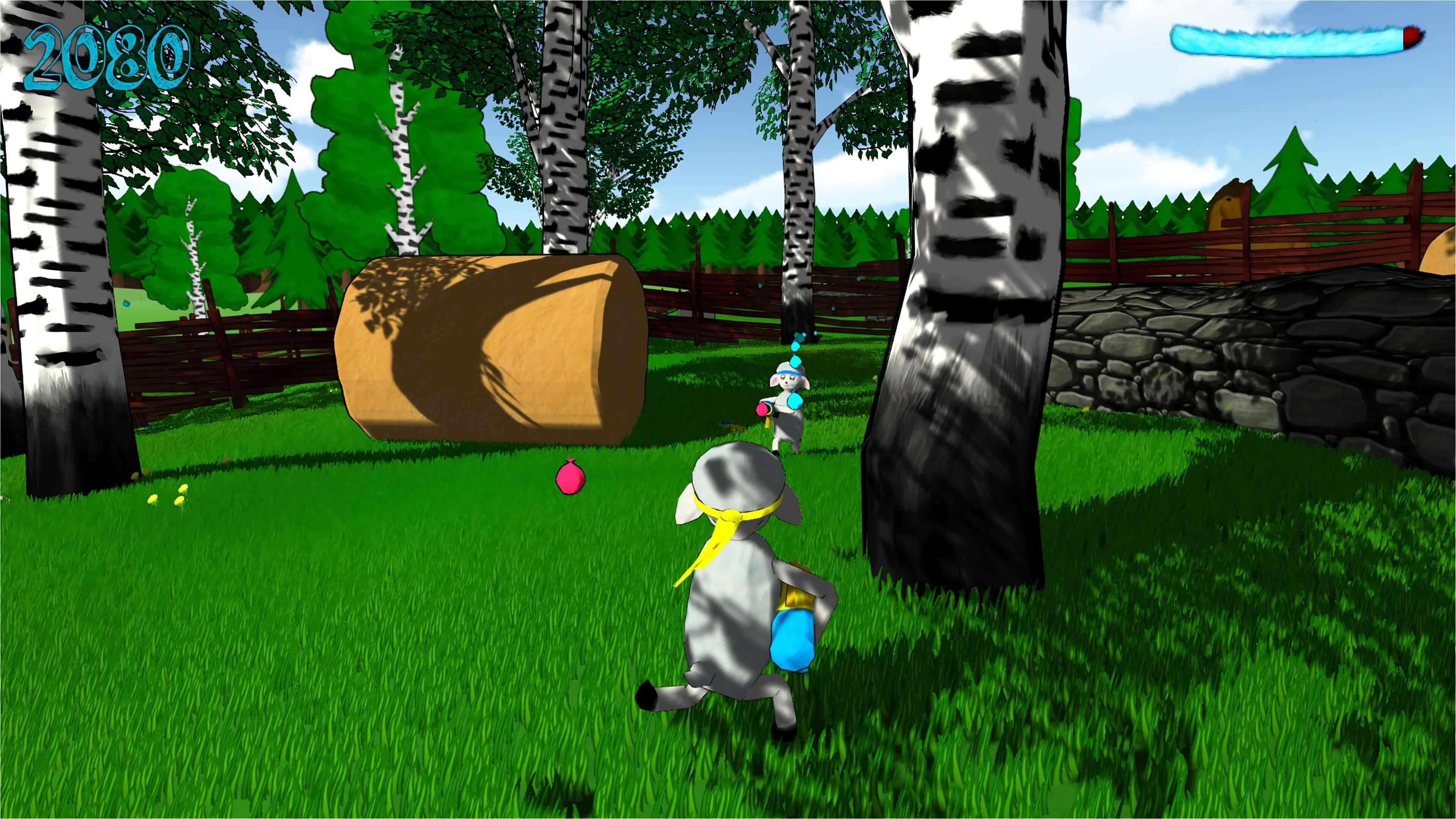
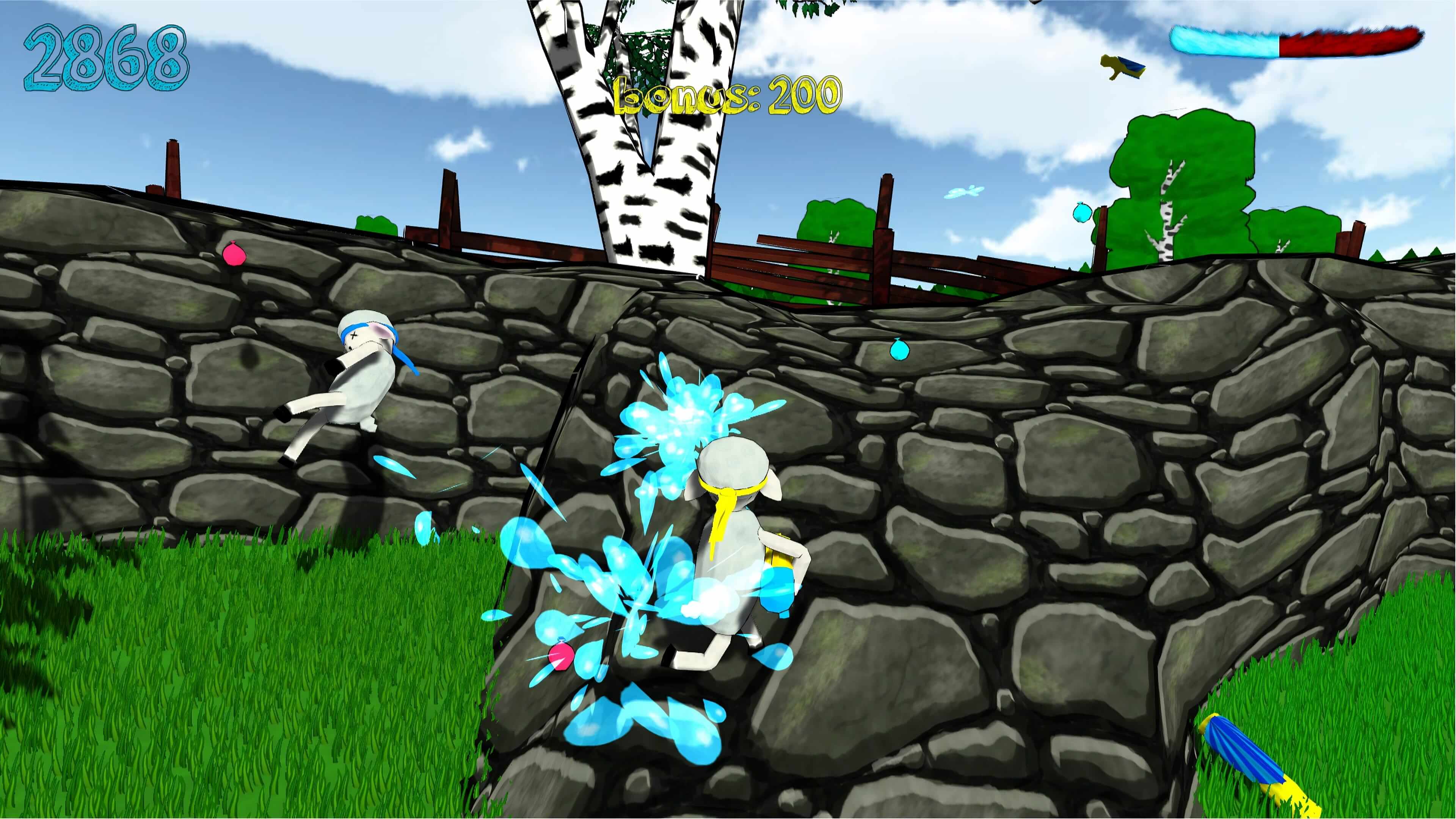

I studied classic arcade games to understand how enjoyable gameplay can emerge from small, intricate details. I focused heavily on making the physics, controls, and animations feel inherently rewarding.
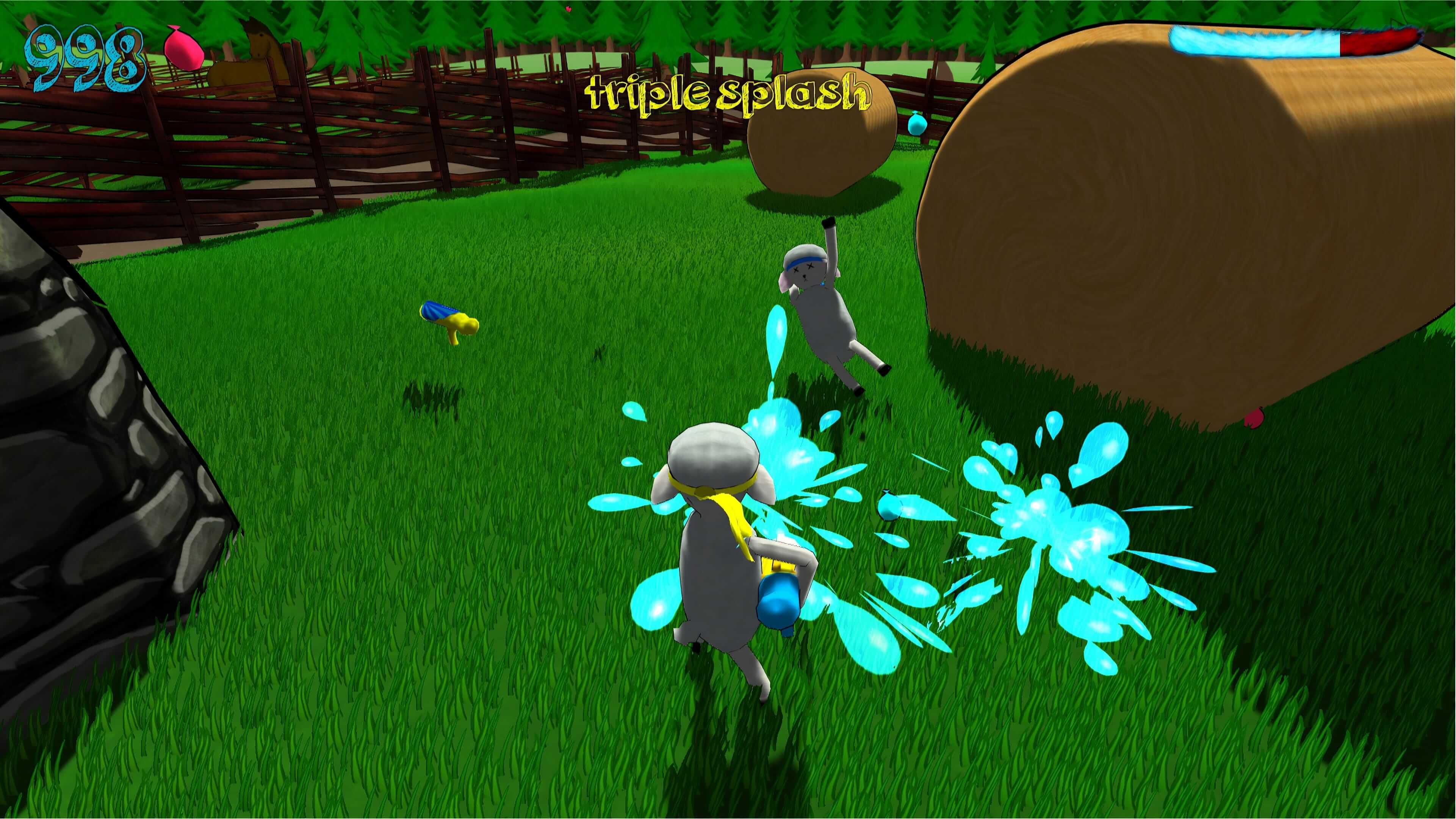
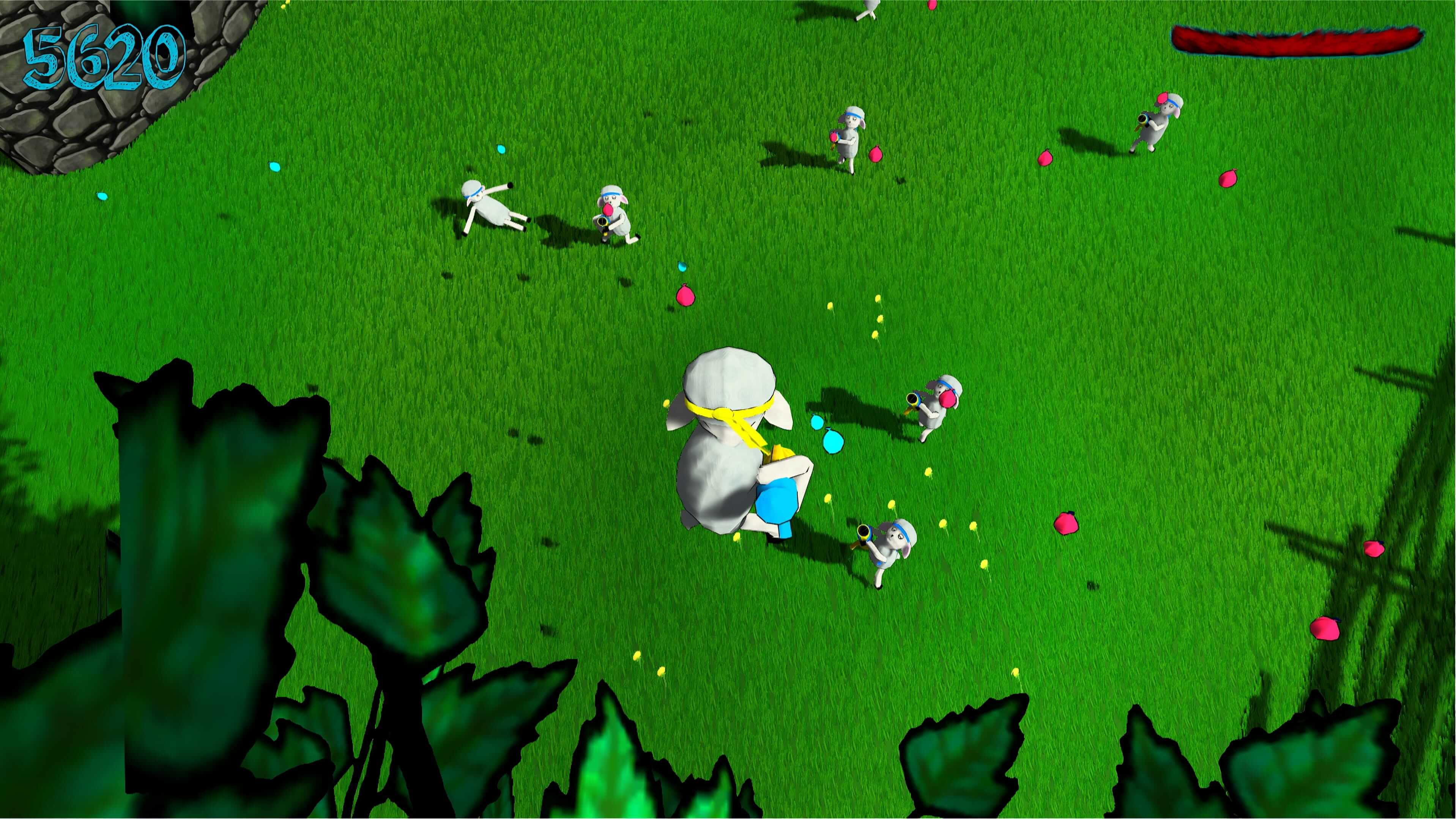
Developing an indie game from start to finish is challenging, and I was determined to see the project through. I designed the game to allow flexibility in scope, enabling me to adapt it to my evolving interests throughout the process.
In the first year, I focused on learning the necessary development tools and processes, following a structured approach that included game design documents, requirements, and concept art. As I grew more comfortable with the project, I shifted to a more fluid approach, rapidly prototyping and improvising. In the final phase, I used a sprint-based workflow, setting rigid deadlines and maintaining a minimum viable product mindset to stay focused on successfully launching the game.
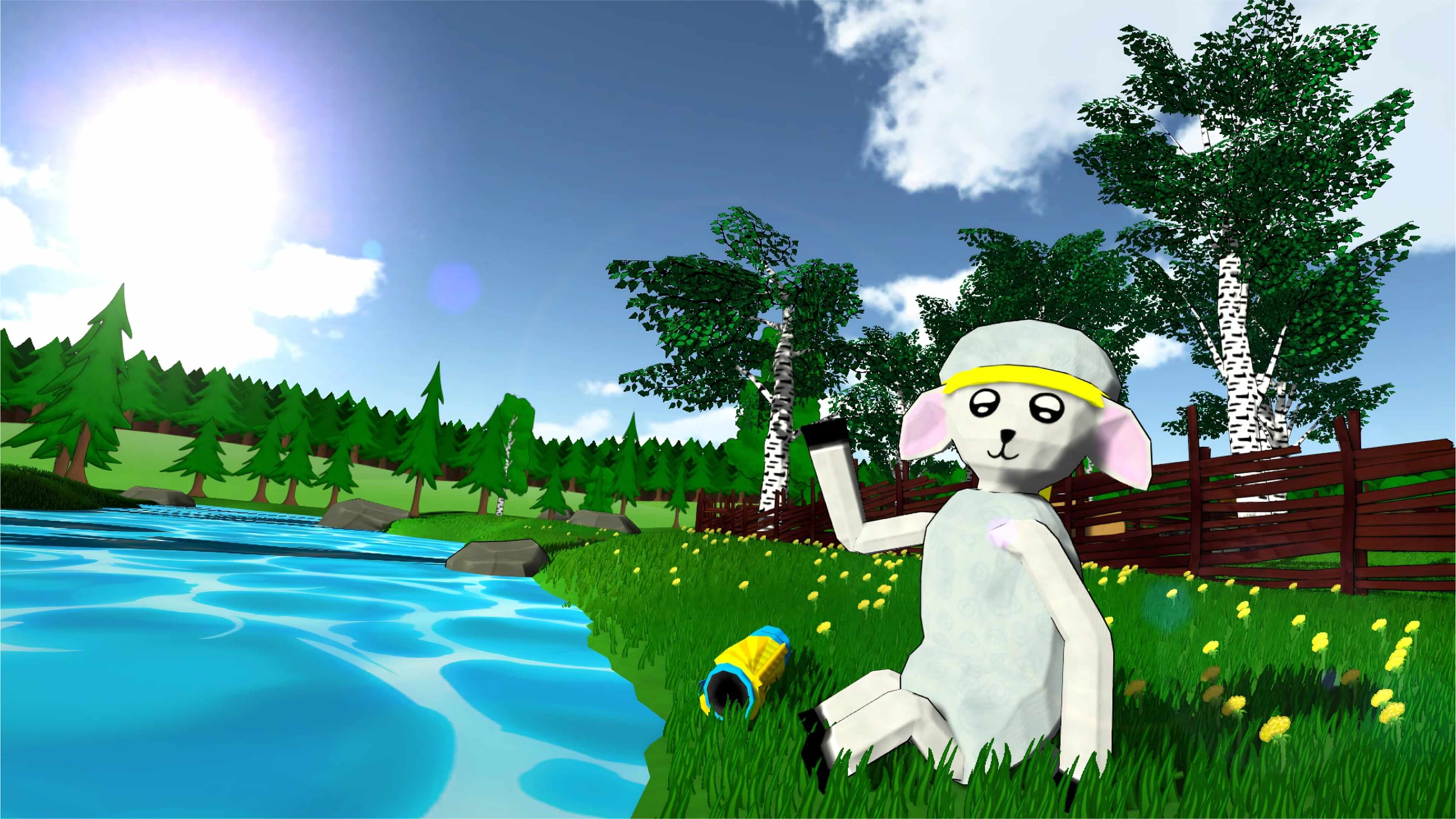
Splash was released on Steam in May 2018 and is available for both Windows and Mac. With over 4,000 downloads, the game has received 94% positive reviews.
Check out Splash on Steam



